Wind power for India’s electricity grid
This project supports the generation of electricity from wind, a renewable energy source, located in Tirunelveli in the state of Tamil Nadu and Jamnagar in the state of Gujarat. The project's aim is to generate a total of 24 MW of electricity with 30 wind turbines. The electricity generated will be supplied to the Southern and NEWNE regional grids which are, at present, dominated by fossil-fuel-based power plants. By generating electricity using wind energy, the project thus saves about 42,000 tonnes of CO2 per year.
The construction was carried out with the involvement of local stakeholder consultation meetings and queries. In addition, the project will invest two percent of the revenues every year in sustainable development activities in the local communities of Tamil Nadu and Gujarat. This includes improvements of the education systems and schools as well as vocational and health training sessions.
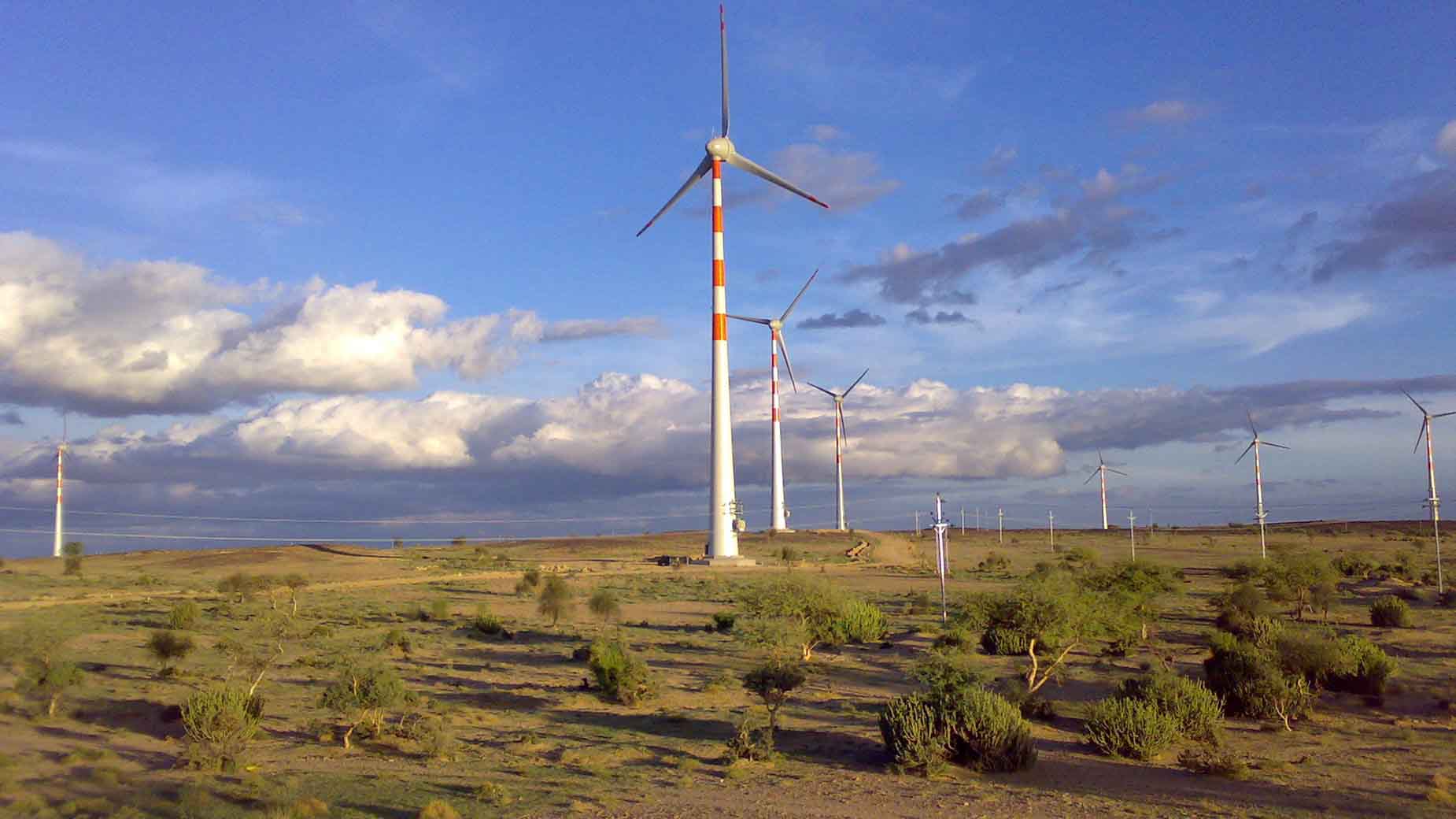
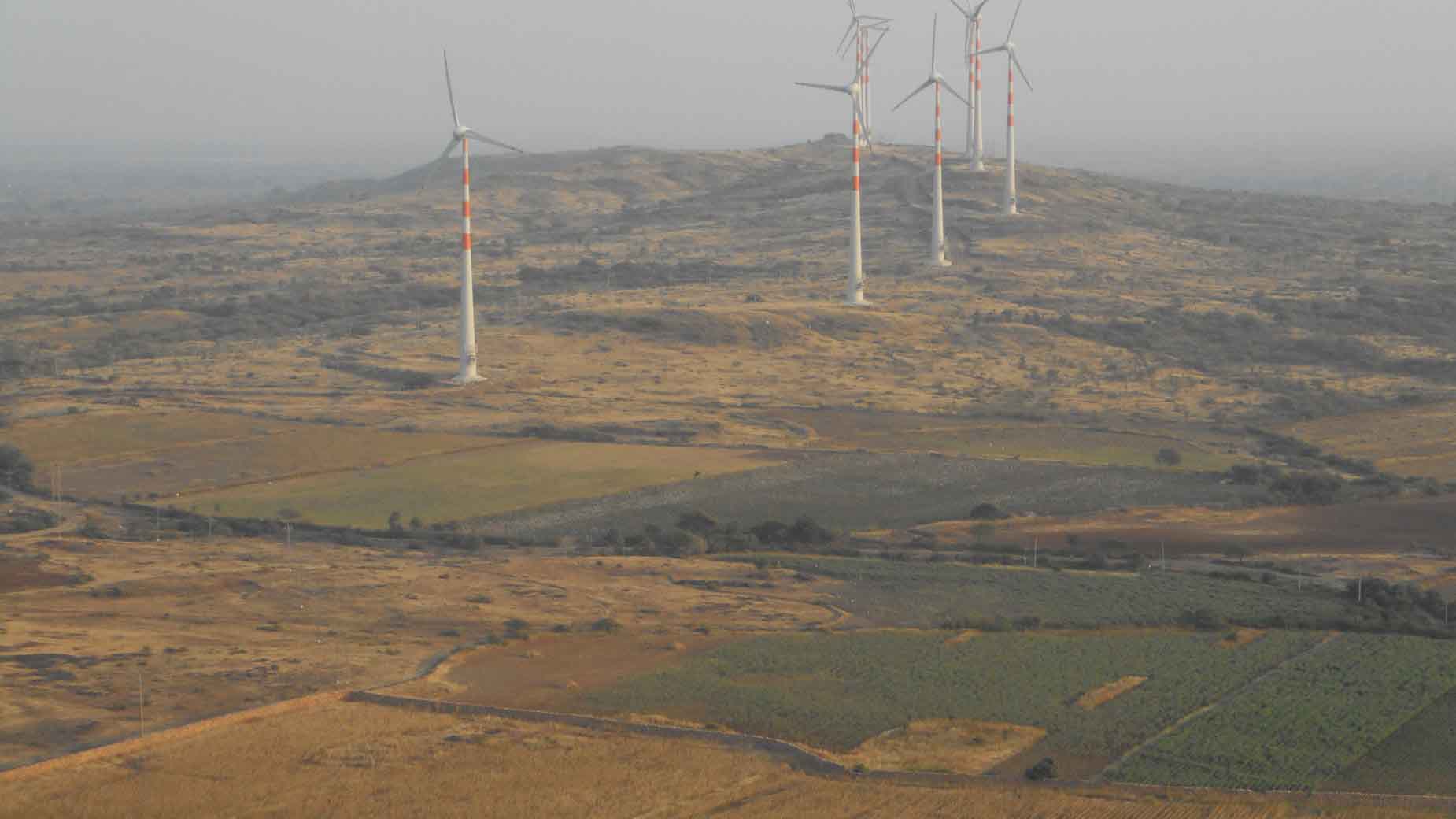
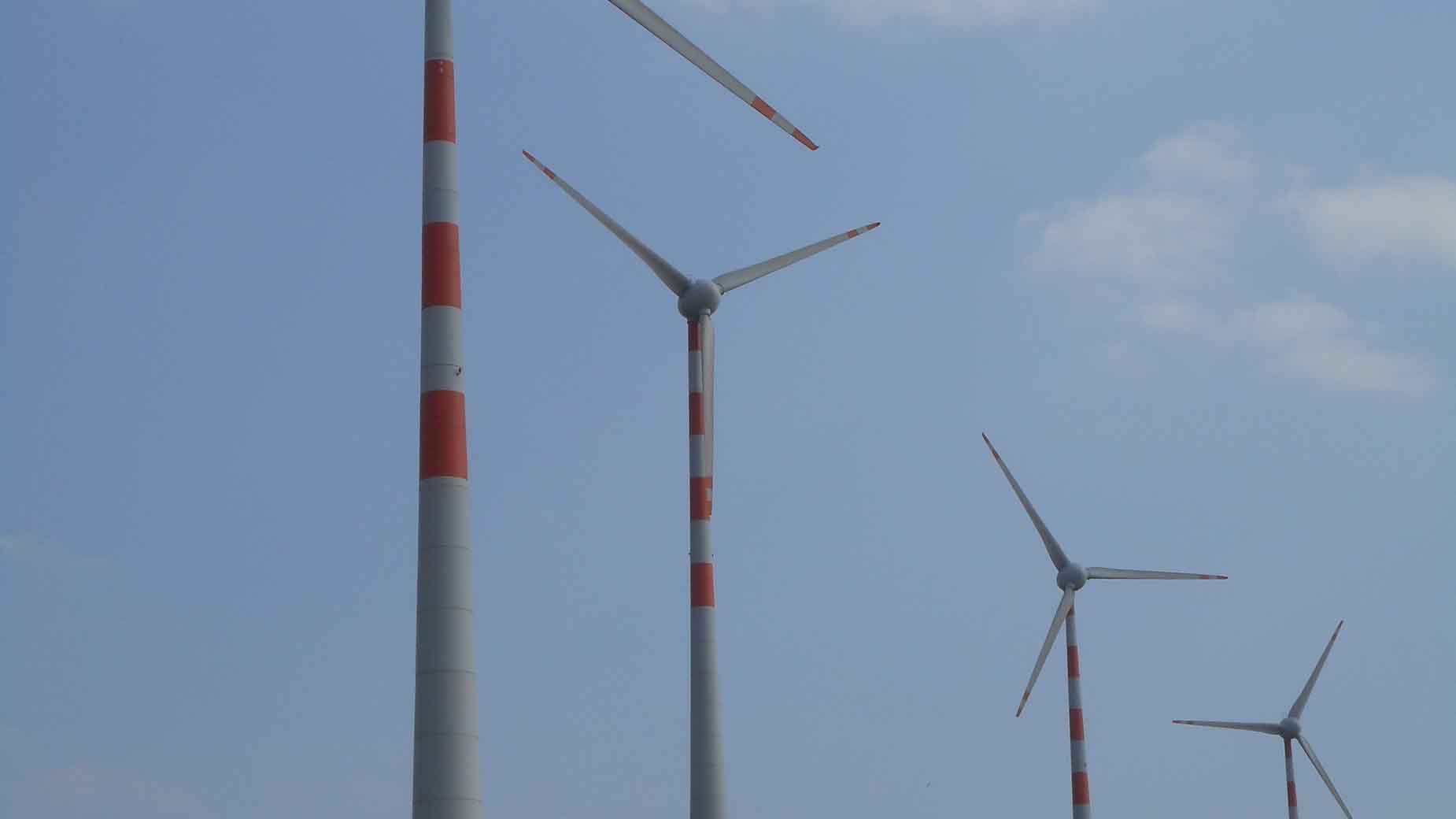


As the name suggests, wind turbines use the power of the wind to generate energy. During this process, a generator located inside the wind turbine converts kinetic energy into electrical energy. As energy is still mainly generated from fossil fuels in many areas around the world, clean wind energy can replace some of this fossil, high-emission energy and verifiably save CO2 emissions.
In most cases, the sustainably generated electricity from the wind power projects is fed into a regional power grid, which diversifies the power supply and improves energy security in regions that are frequently affected by power shortages and outages. A project often creates increased job opportunities for the local population and the area can be used for additional activities, such as agriculture. Wind power projects make an important contribution to a clean energy supply worldwide and contribute to sustainable development with respect to the UN Sustainable Development Goals (SDGs). Wind energy projects in the ClimatePartner portfolio are registered with international standards.
Explore our projects
Biochar for Climate Action, Healthy Soils, and Better Harvests

A certified climate project combined with additional commitment

Expansion of renewable energy generation in Asia
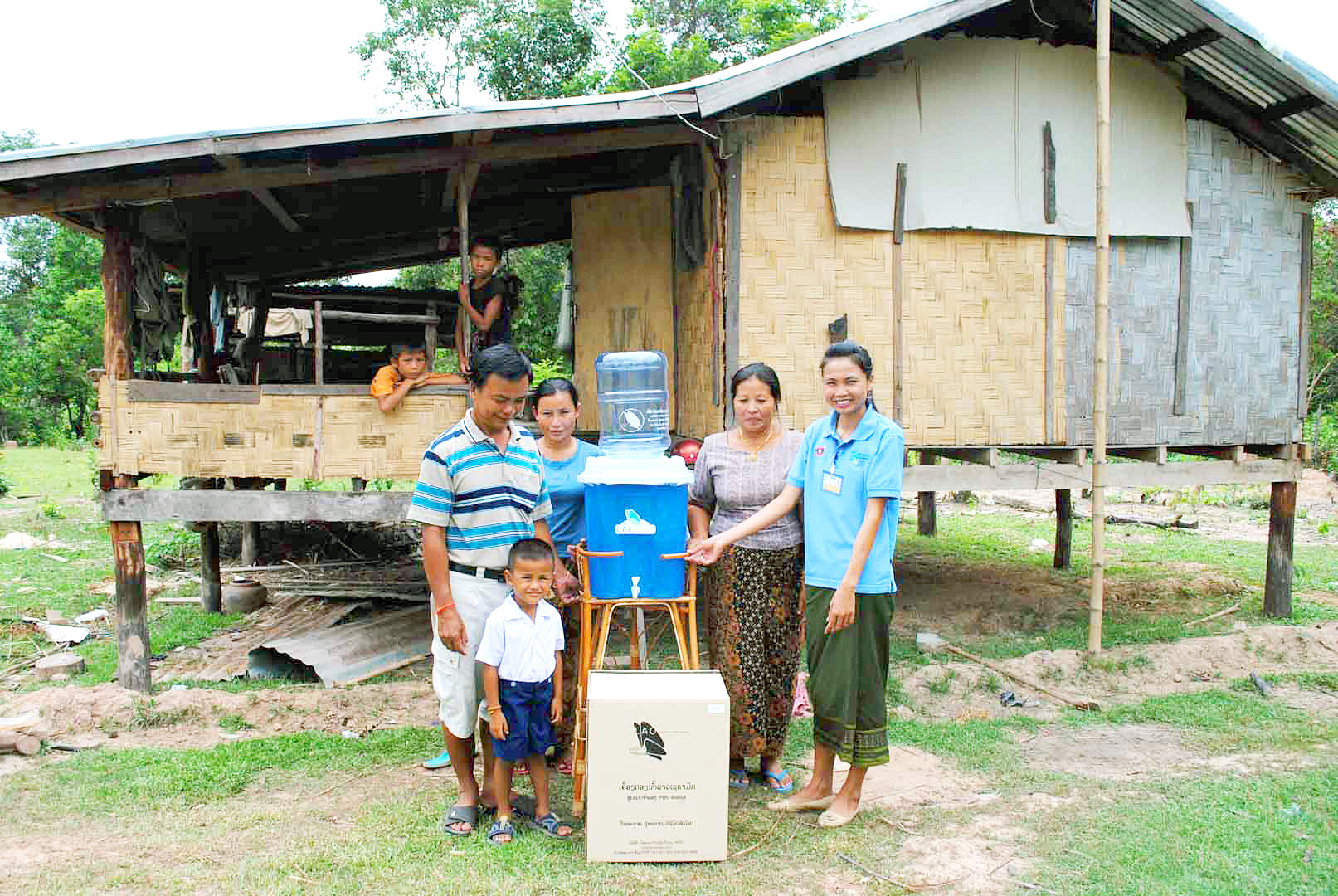
Ceramic water filters save CO2 and improve health
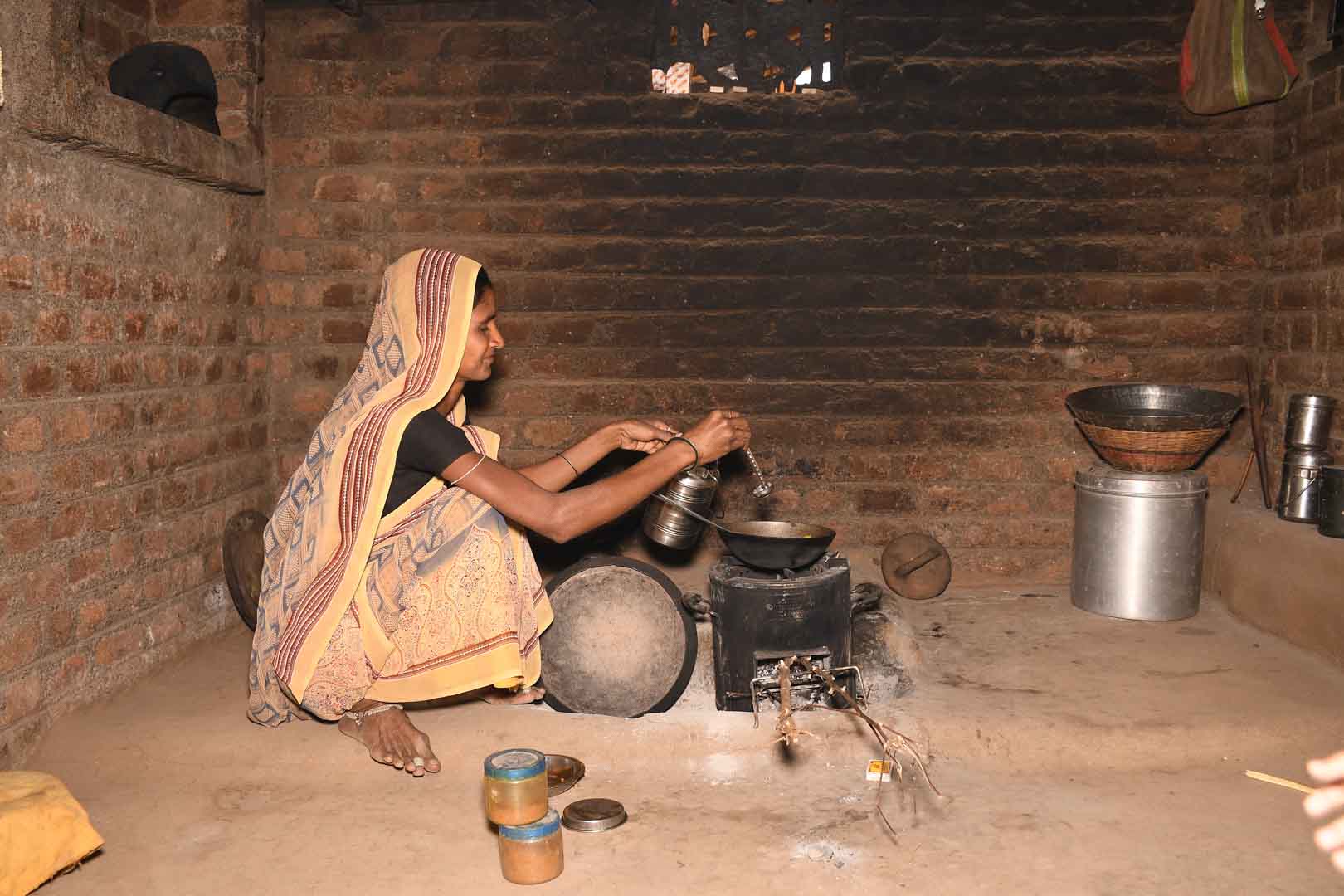
Improved cookstoves worldwide – for better health and cleaner air

A certified climate project combined with additional commitment
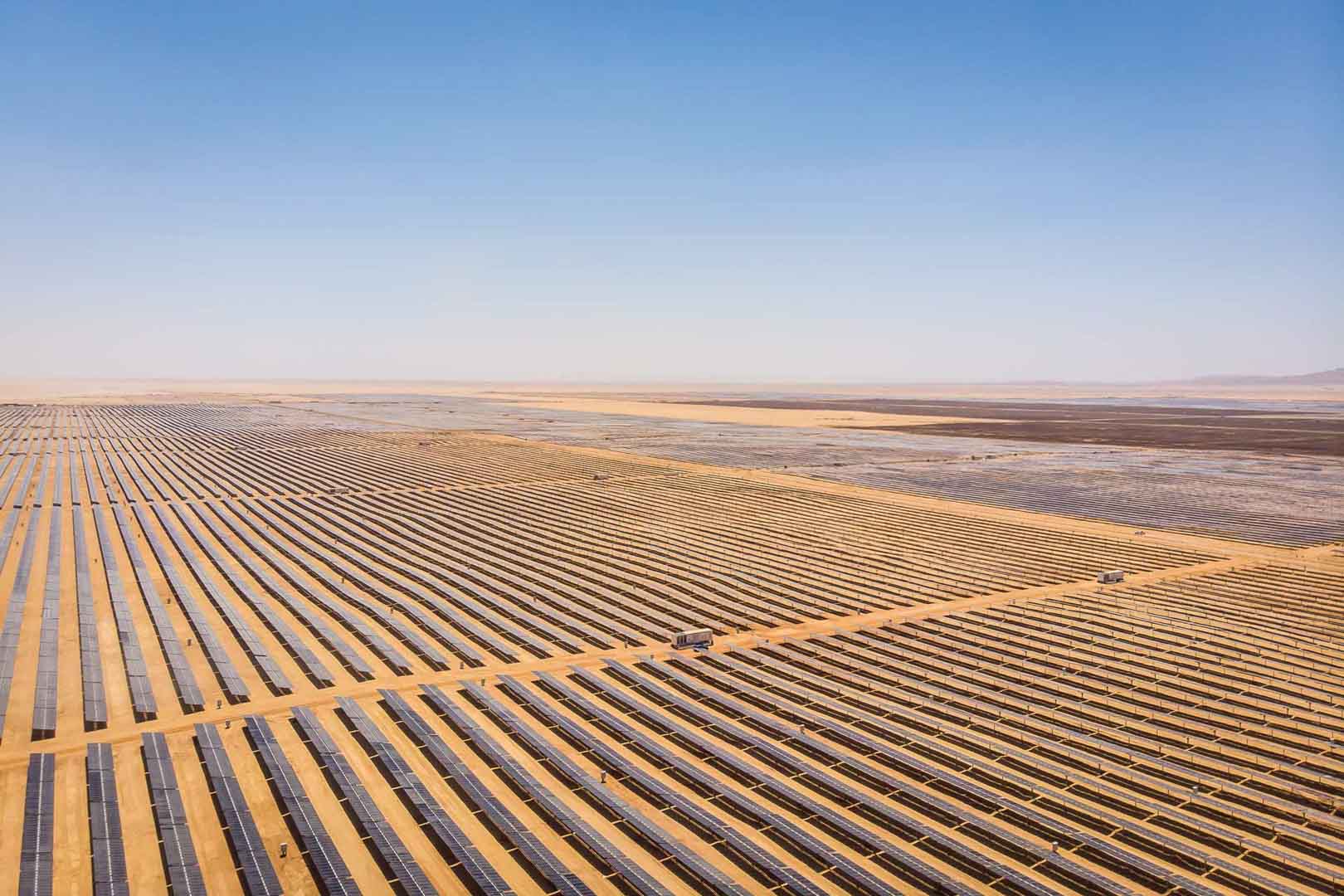
Powering access to renewable energy in Africa

A certified climate project combined with additional commitment
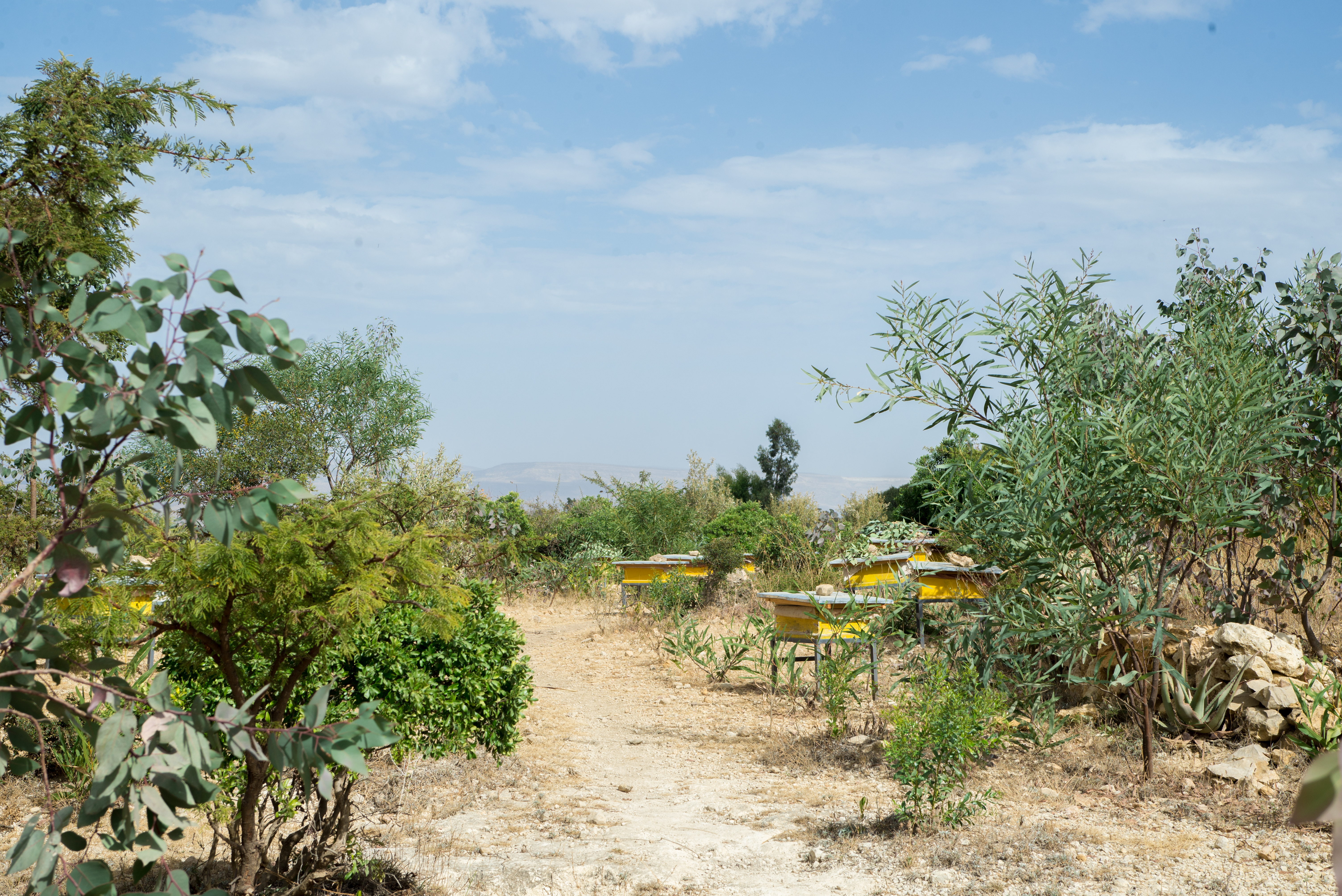
Restored ecosystems remove carbon
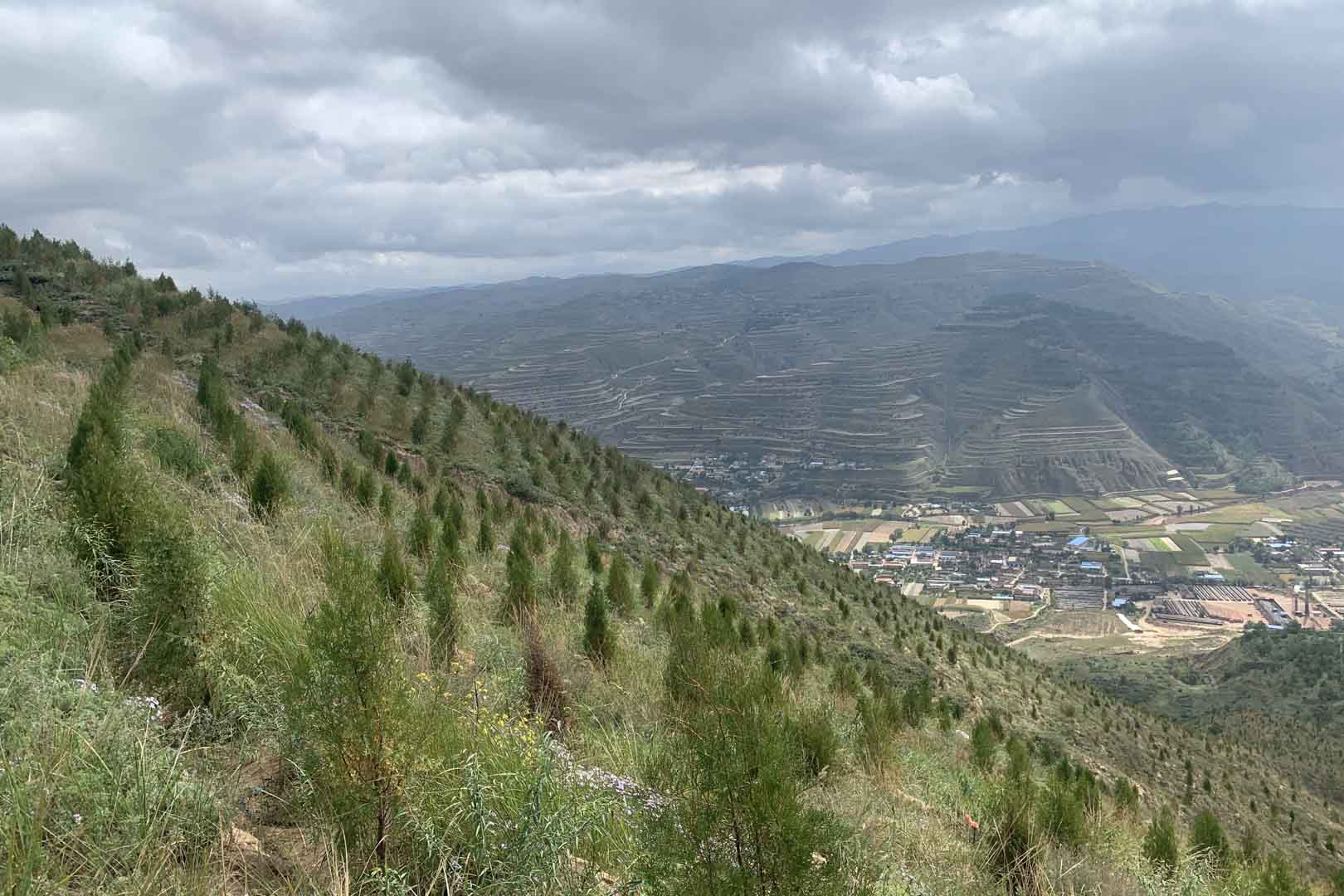
Turning degraded farmlands into healthy ecosystems
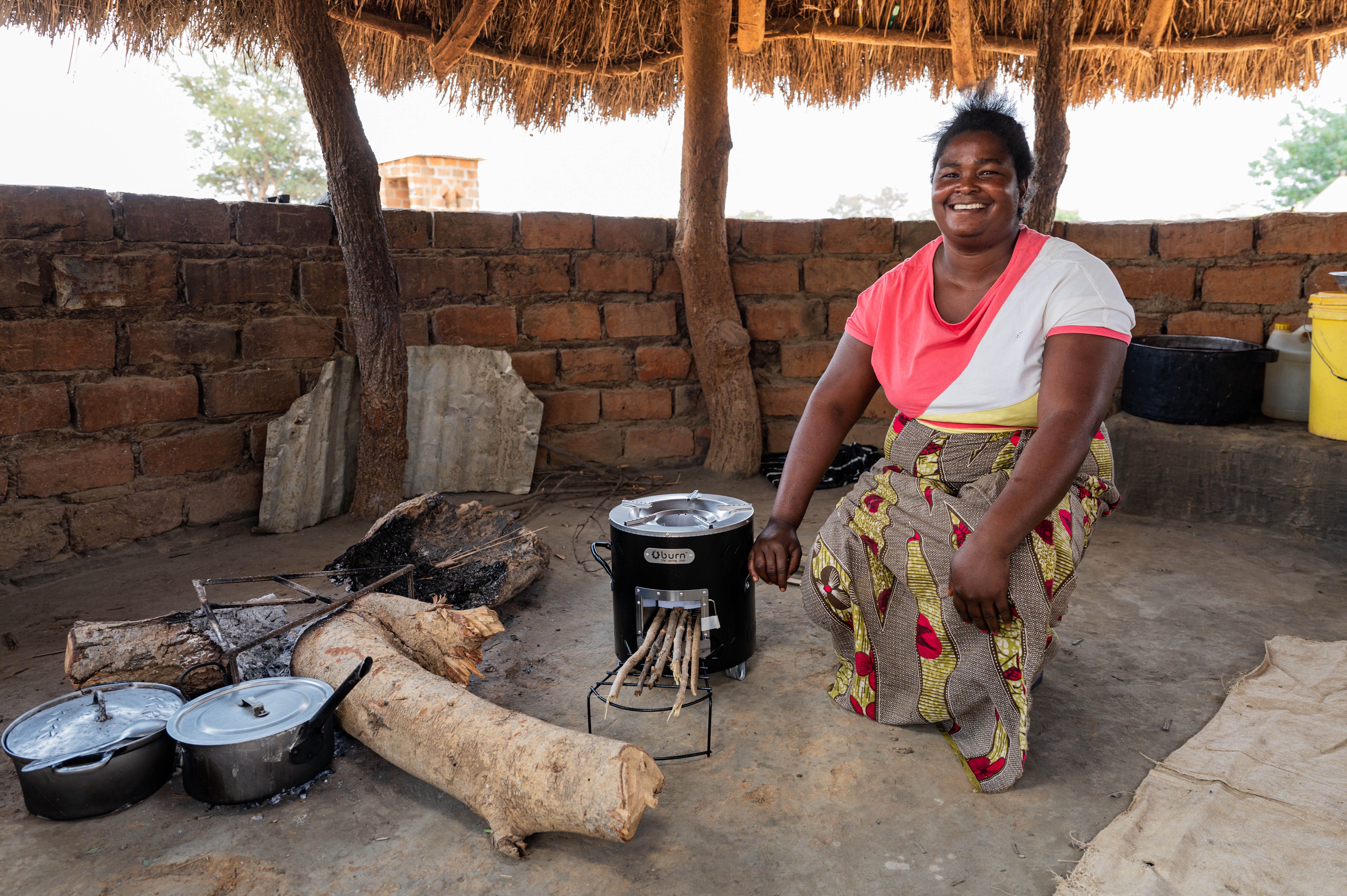
Improved cookstoves - better for health and the environment